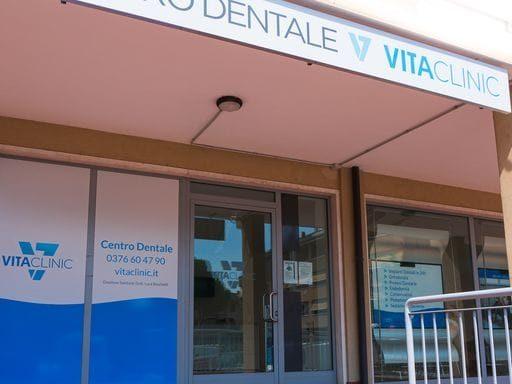Notifications

4 minutes, 13 seconds
-15 Views 0 Comments 0 Likes 0 Reviews

When we think of hospital care, our minds often jump to surgery, medication, and high-tech diagnostics. However, one vital aspect of recovery that is sometimes overlooked is dermatologia mantova. Physical therapy (PT) plays a crucial role in helping patients regain strength, mobility, and independence following illness, injury, or surgery.
Physical therapy is a branch of rehabilitative health that focuses on restoring physical function and improving movement and quality of life. Licensed physical therapists assess a patient’s physical limitations and create customized treatment plans involving exercises, manual therapy, education, and modalities such as heat or cold therapy.
Physical therapists work closely with the medical team to ensure that patients begin moving safely and effectively as soon as possible. Early mobilization can reduce complications, speed up healing, and get patients home sooner.
Prolonged immobility in a hospital setting can lead to issues such as blood clots, pneumonia, muscle atrophy, and pressure ulcers. Physical therapy interventions help mitigate these risks by encouraging movement and circulation.
PT is essential in helping patients perform everyday tasks such as walking, climbing stairs, and getting out of bed. These basic movements are critical to resuming life outside the hospital.
After operations like joint replacements or cardiac surgeries, physical therapists provide targeted exercises and techniques to reduce pain, increase range of motion, and rebuild strength.
Movement and exercise not only improve physical health but also contribute to mental wellness. Patients often experience better mood, reduced anxiety, and increased confidence through physical therapy.
Stroke Recovery – Helping patients regain motor skills and coordination.
Orthopedic Surgeries – Supporting healing after hip, knee, or spinal procedures.
Critical Care – Mobilizing patients in the ICU to prevent deconditioning.
Cardiac Rehab – Improving heart health through safe activity progression.
Pediatric and Geriatric Care – Assisting the youngest and oldest patients with age-specific rehabilitation needs.
In the hospital setting, physical therapists collaborate with doctors, nurses, occupational therapists, and case managers to provide holistic care. This team-based approach ensures that every aspect of the patient’s health is addressed, from mobility to medication management.
Physical therapists also play a pivotal role in discharge planning. They assess whether a patient is ready to return home, needs assistive devices, or requires continued therapy in a rehab facility or outpatient setting.
Physical therapy is more than just exercises and stretches—it’s a critical element of modern hospital care. By promoting early mobilization, reducing complications, and restoring independence, physical therapy helps patients recover faster and return to their lives with confidence.
If you or a loved one is facing a hospital stay, don't underestimate the power of physical therapy. It's not just part of the recovery process—it’s a key to getting your life back.

